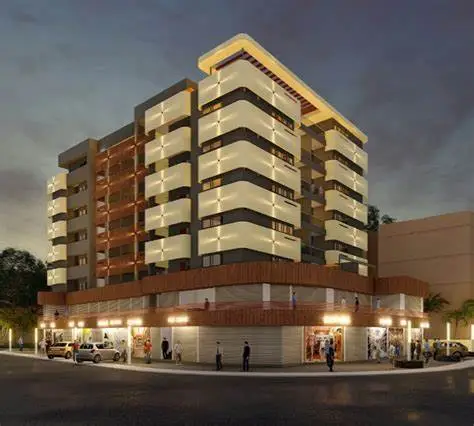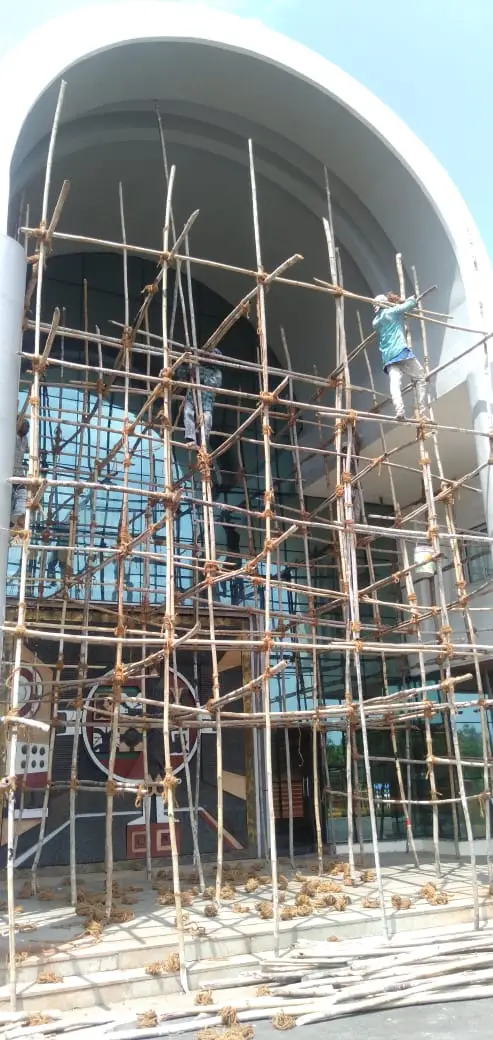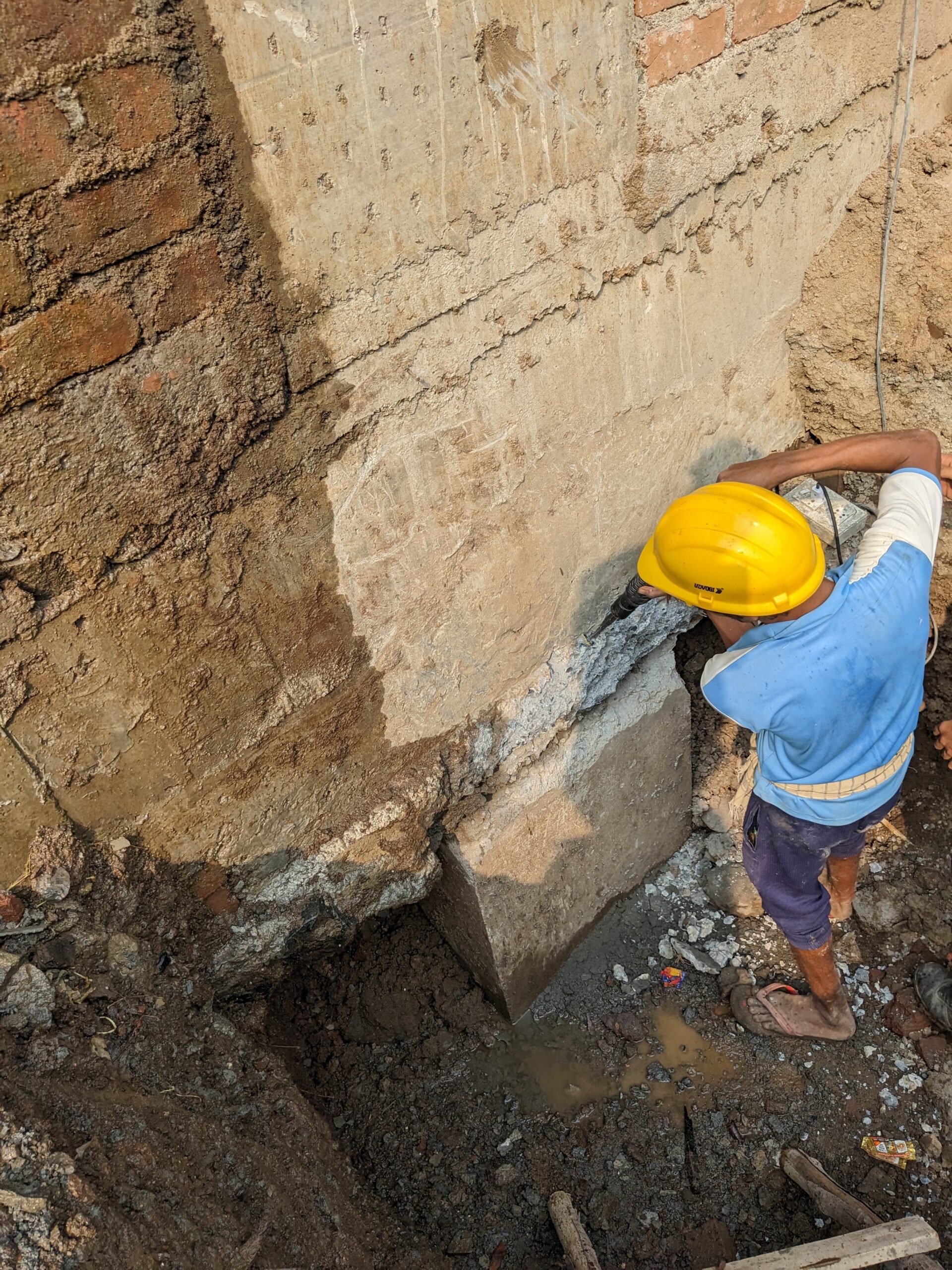A Collective Responsibility in Building Redevelopment

collective responsibility in building redevelopment In the realm of urban development, building redevelopment stands as a pivotal process aimed at revitalizing existing structures to meet contemporary needs while ensuring structural safety remains a top priority. In this blog, we delve into the importance and process of building redevelopment, emphasizing the crucial role of Structural Audit, Project Management Consultancy (PMC), Building Repairs, and the overall responsibility of ensuring structural safety.
Importance of Building Redevelopment: Building redevelopment plays a crucial role in addressing urbanization challenges, revitalizing aging infrastructure, and optimizing land use in densely populated areas. It offers an opportunity to modernize outdated buildings, enhance energy efficiency, and create safer, more resilient built environments.
Process of Building Redevelopment:
- Preliminary Assessment: The process begins with a preliminary assessment of the existing structure’s condition, functionality, and suitability for redevelopment. This may involve conducting a Structural Audit to identify structural deficiencies and safety hazards.
- Feasibility Study: A feasibility study is conducted to evaluate the economic, social, and environmental viability of the redevelopment project. Factors such as land value, zoning regulations, and community impact are assessed to determine the project’s feasibility.
- Design and Planning: Once feasibility is established, the design and planning phase commences. Architects, engineers, and urban planners collaborate to conceptualize the redevelopment project, considering factors such as building codes, sustainability principles, and stakeholder requirements.
- Regulatory Approvals: Obtaining regulatory approvals from local authorities is a crucial step in the redevelopment process. This involves securing permits, clearances, and compliance certificates to ensure adherence to building regulations and safety standards.
- Construction and Implementation: With approvals in place, the construction phase begins under the supervision of a Project Management Consultancy (PMC). The PMC oversees the execution of the project, ensuring quality control, adherence to timelines, and safety compliance throughout the construction process.
- Building Repairs and Maintenance: As part of the redevelopment process, building repairs and maintenance activities are carried out to address any structural deficiencies, improve functionality, and enhance safety. This may include repairing structural elements, upgrading utilities, and implementing preventive maintenance measures.
Ensuring Structural Safety: Throughout the collective responsibility in building redevelopment, ensuring structural safety is paramount. Structural Audit plays a crucial role in identifying existing structural weaknesses, while PMC services provide expert oversight to ensure construction activities comply with safety standards and quality benchmarks. Additionally, building repairs and maintenance activities are essential for addressing structural deficiencies and enhancing the overall safety of the redevelopment project.
Conclusion
In conclusion, building redevelopment presents a valuable opportunity to rejuvenate urban infrastructure and create safer, more sustainable built environments. By integrating measures such as Structural Audit, PMC services, Building Repairs, and prioritizing structural safety at every stage of the redevelopment process, we can contribute to the creation of resilient, thriving communities.
For inquiries or assistance regarding building redevelopment and structural safety measures, feel free to contact us at 9819845747.





